
- While Washington, D.C., has been negotiating, the nation’s infrastructure has only gotten worse.
- CNBC’s annual America’s Top States for Business study shows some states are crumbling more than others.
- Infrastructure has taken on added importance, and new dimensions, in the post-pandemic world.
A new federal infrastructure package from Capitol Hill can't come a moment too soon for a nation whose basic underpinnings have kept crumbling as Washington, D.C., works on a deal.
WATCH ANYTIME FOR FREE
Stream NBC10 Boston news for free, 24/7, wherever you are. |
It also comes at a time when infrastructure has taken on new importance as the nation emerges from the Covid-19 pandemic. Indeed, the very definition of infrastructure has been part of the most recent debate. The rise in remote work has put a new premium on broadband connectivity. Disastrous and deadly winter power outages in Texas exposed nationwide vulnerabilities in the electrical grid. And companies that are re-thinking their dense, urban environments are looking for places to spread out.
In CNBC's 2021 America's Top States for Business study, our Infrastructure category carries more weight than ever before — worth 15% of the total points. We rate the states on multiple components of their infrastructure, including roads and bridges, utilities, connectivity, sustainability, and sites available for development. Some states score highly on infrastructure.
Get updates on what's happening in Boston to your inbox. Sign up for our News Headlines newsletter.
These ten crumbling states are the most in need of help.
10. West Virginia
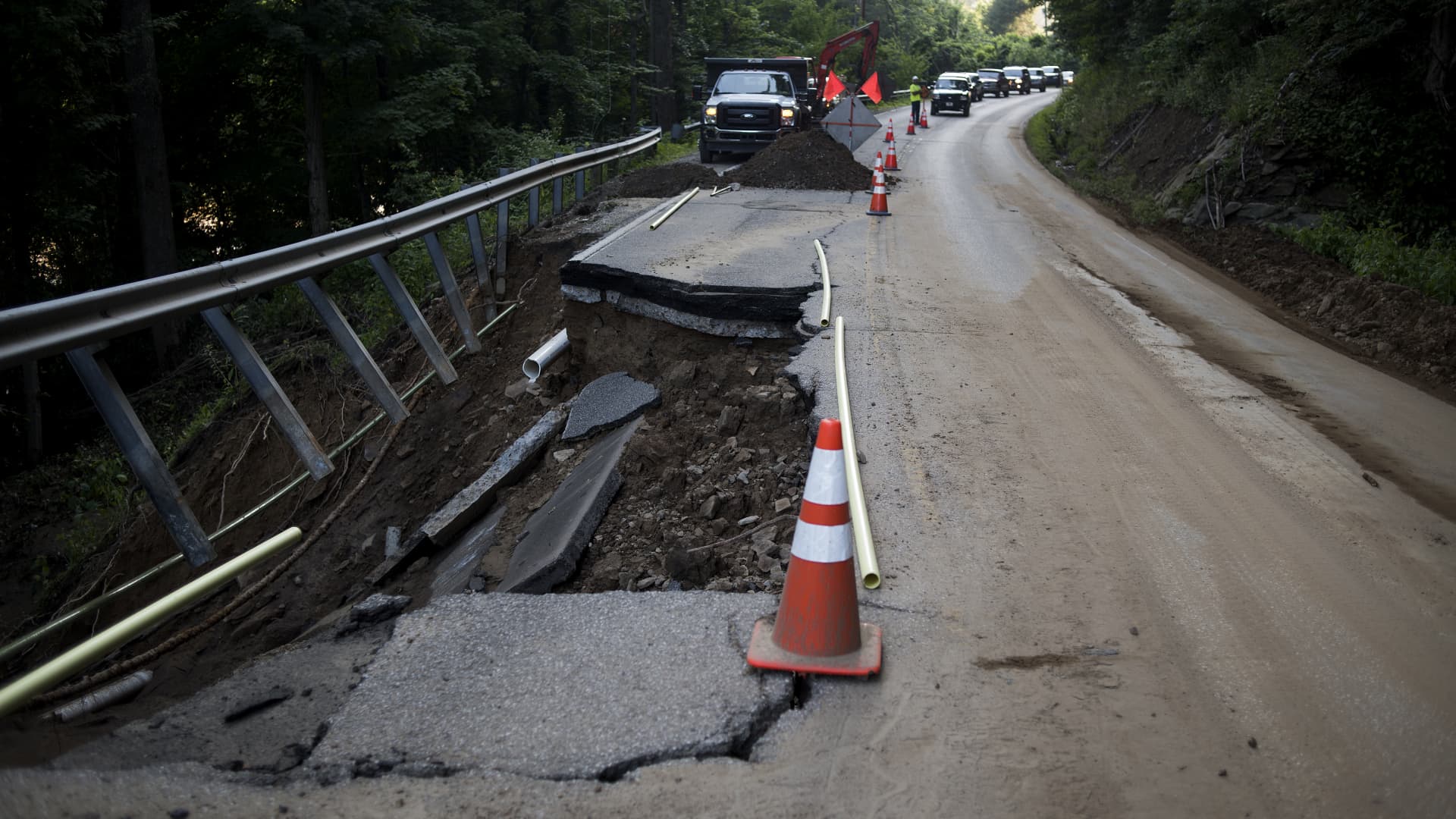
In its initial pitch for an infrastructure bill earlier this year, the White House said the Mountain State has suffered from "a systemic lack of investment" for decades. According to the U.S. Department of Transportation, 21% of West Virginia's bridges are in poor condition. That is the highest rate in the country. More than 30% of West Virginians do not have access to broadband service. And the power grid can be unreliable, with the nation's second-highest rate of power outages, after Maine.
Money Report
2021 Infrastructure score: 155 out of 375 points (Top States Grade: D)
U.S. population within 500 miles: 138,805,909
Bridges in poor condition: 21%
Roads in unacceptable condition: 15%
Broadband access: 69.2%
Power outages per year: 12.6 hours
9. Rhode Island
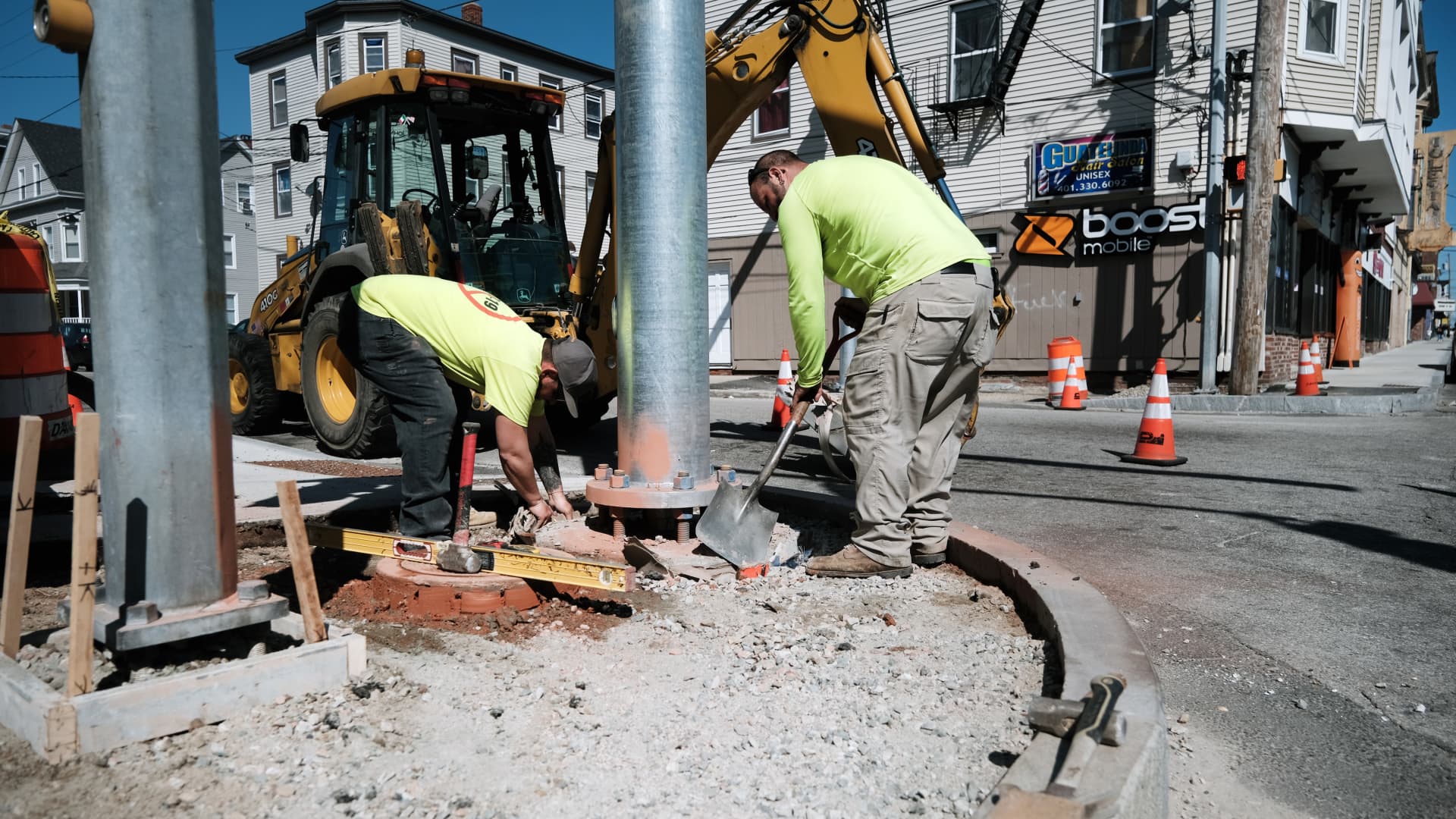
It is not unusual for Rhode Island to finish poorly in state infrastructure rankings. What is unusual is for the Ocean State to finish this high — it was dead last in 2019. So, did the state finally fix its famously crumbling bridges? Not exactly, although they are no longer the worst in the nation — that title goes to West Virginia. It turns out Rhode Island is a good place for remote work, with near-universal broadband access and blazing internet speeds. That, and the state's relatively strong water and power systems lift Rhode Island out of the cellar for a change. But let's not get carried away. The state's roads are still in terrible shape, and its coastal location makes it particularly vulnerable to climate change.
2021 Infrastructure score: 153 out of 375 points (Top States Grade: D)
U.S. population within 500 miles: 88,655,829
Bridges in poor condition: 19%
Roads in unacceptable condition: 51%
Broadband access: 96.2%
Power outages per year: 3.9 hours
7. (tie) Arkansas
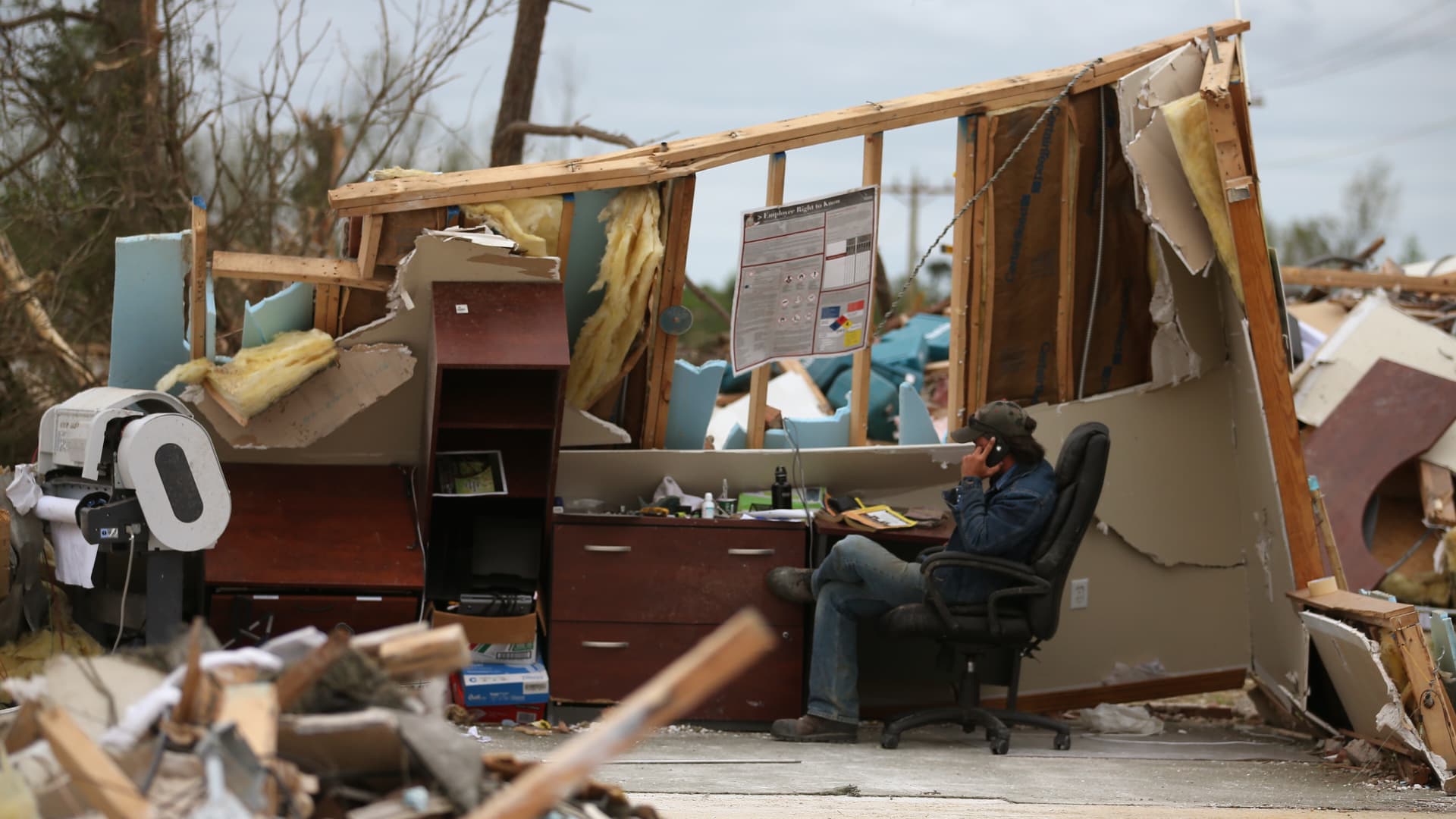
Severe weather is a fact of life in the Natural State, and that can take a toll on the electrical grid. Arkansas is among the worst states for power outages, which is bad for businesses seeking reliability. Only a little more than half of Arkansans have access to broadband service, making it one of the least connected states in the nation. Air service is limited, with no non-stop flights to international destinations from the state. On a positive note, the state's roads and bridges are in decent shape, providing ready access to a healthy share of the U.S. population.
2021 Infrastructure score: 150 out of 375 points (Top States Grade: D)
U.S. population within 500 miles: 77,392,904
Bridges in poor condition: 5%
Roads in unacceptable condition: 13%
Broadband access: 54.3%
Power outages per year: 7.3 hours
7. (tie) Montana
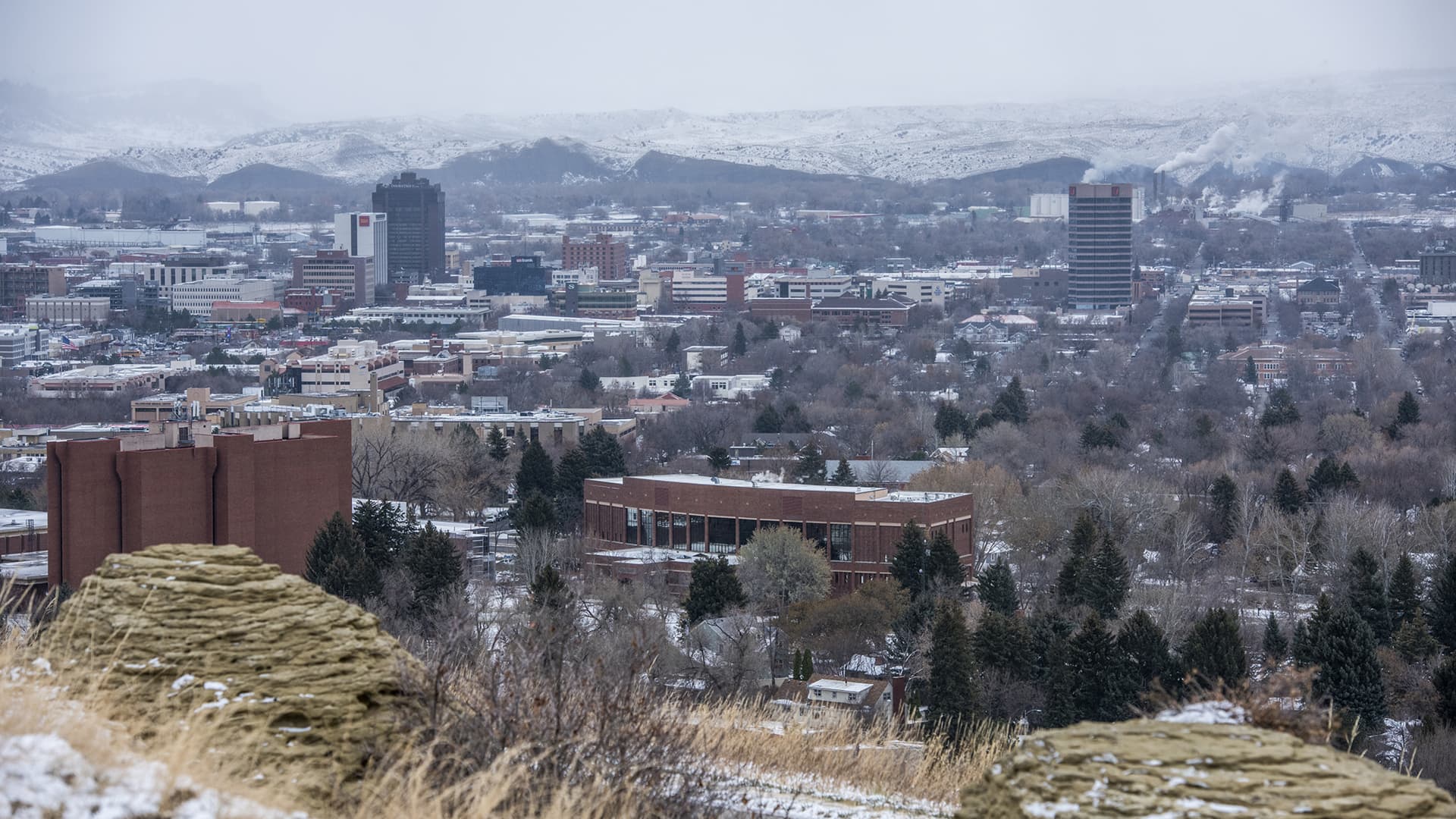
Montana may be known for its wide-open spaces, but that does not include office, industrial or retail space. All are at a premium in a state with some of the lowest vacancy rates in the nation. That could pose challenges for businesses looking to spread out in Big Sky Country. The state's expansiveness also poses difficulties when it comes to connectivity. Internet speeds are slow, and more than one-quarter of the state lacks access to broadband service. The state's roads and bridges are in excellent shape, but its location puts much of the nation's population out of easy reach.
2021 Infrastructure score: 150 out of 375 points (Top States Grade: D)
U.S. population within 500 miles: 8,420,800
Bridges in poor condition: 7%
Roads in unacceptable condition: 7%
Broadband access: 72.8%
Power outages per year: 2.8 hours
6. New Hampshire
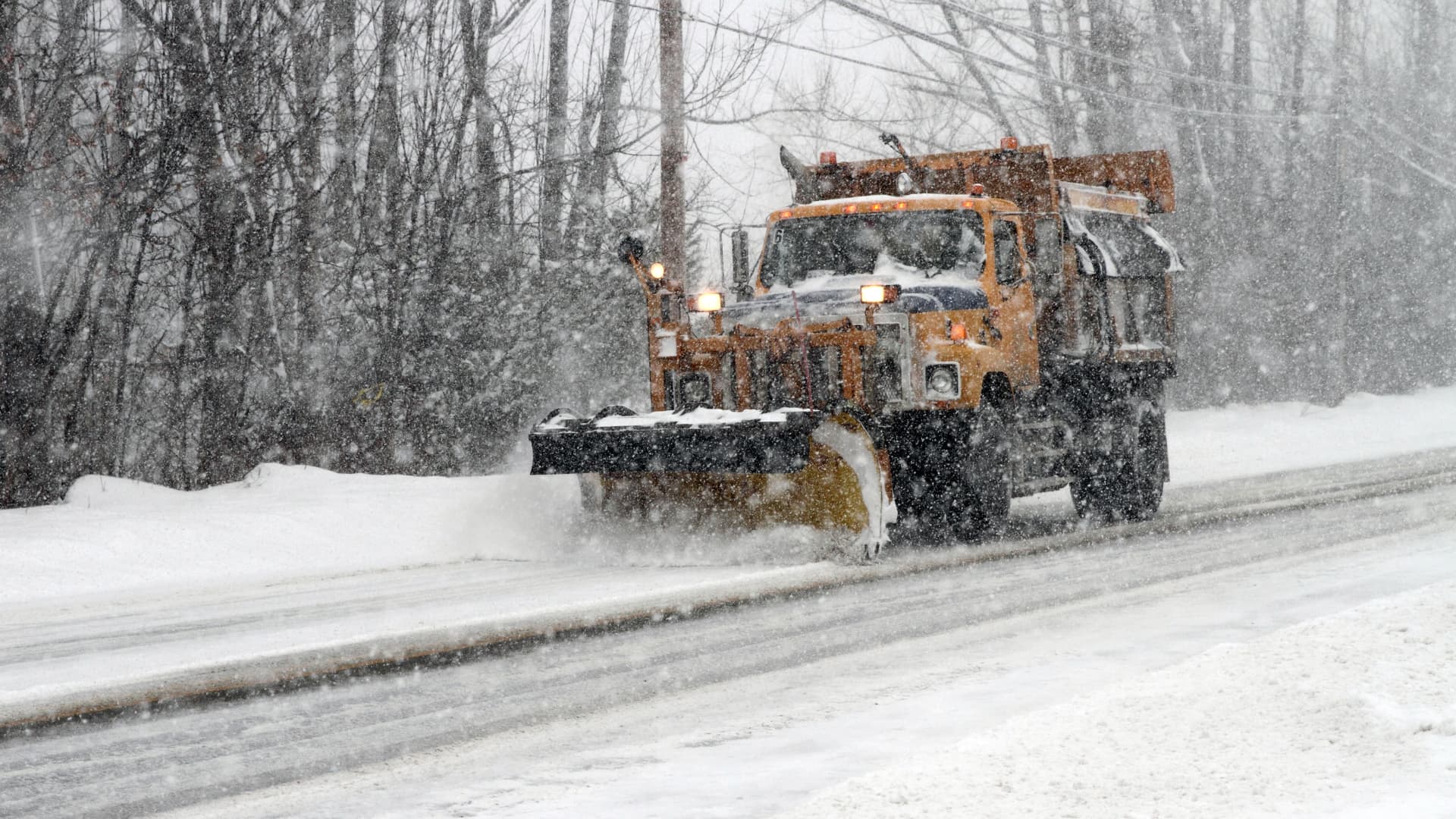
The Granite State has some soft spots when it comes to infrastructure, including road congestion, limited airline service and a power grid that can be prone to outages in the state's extreme weather. That weather — extreme heat and floods in the summer and famously brutal winters — also earns New Hampshire low marks for sustainability. On the plus side, connectivity is good, and Governor Chris Sununu recently signed into law some of the nation's toughest drinking water standards, providing millions of dollars to clean up toxic chemicals.
2021 Infrastructure score: 148 out of 375 points (Top States Grade: D)
U.S. population within 500 miles: 66,408,389
Bridges in poor condition: 9%
Roads in unacceptable condition: 10%
Broadband access: 89.6%
Power outages per year: 4.9 hours
5. Vermont

Vermont is investing heavily in its transportation sector, including a $120 million package passed this year for public transportation and electric vehicle incentives. And roads and bridges are in excellent shape. But the Green Mountain State is lacking in other facets of its infrastructure. It has limited sites available for development, the electrical grid is less than reliable, and while broadband service is generally available, it can be pricey. BroadbandNow Research reports that only about 1% of Vermonters have access to a high-speed internet plan for less than $60 per month. That is among the worst in the nation.
2021 Infrastructure score: 147 out of 375 points (Top States Grade: D)
U.S. population within 500 miles: 67,996,885
Bridges in poor condition: 2%
Roads in unacceptable condition: 4%
Broadband access: 79%
Power outages per year: 7.4 hours
4. New Mexico
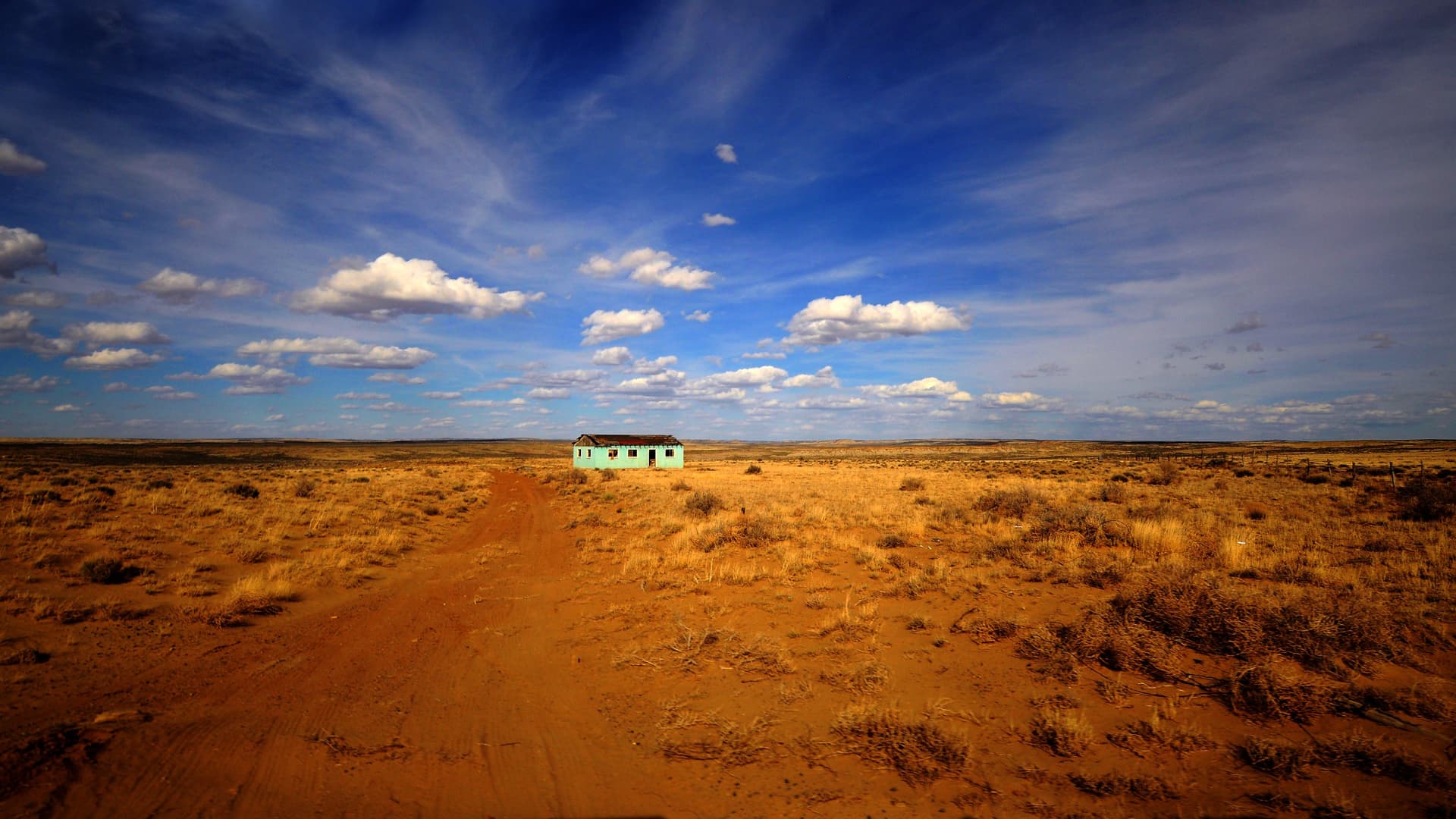
While New Mexico's roads and bridges are in very good shape and its water and electrical utilities are sound, the Land of Enchantment disappoints in other areas. Broadband access is poor, with one-third of residents lacking connectivity. There are not enough sites available for development in a state where nearly half the acreage is public land. And the state's location gives it limited access to the rest of the population.
2021 Infrastructure score: 146 out of 375 points (Top States Grade: D)
U.S. population within 500 miles: 21,683,105
Bridges in poor condition: 5%
Roads in unacceptable condition: 8%
Broadband access: 66.5%
Power outages per year: 2.8 hours
3. South Dakota
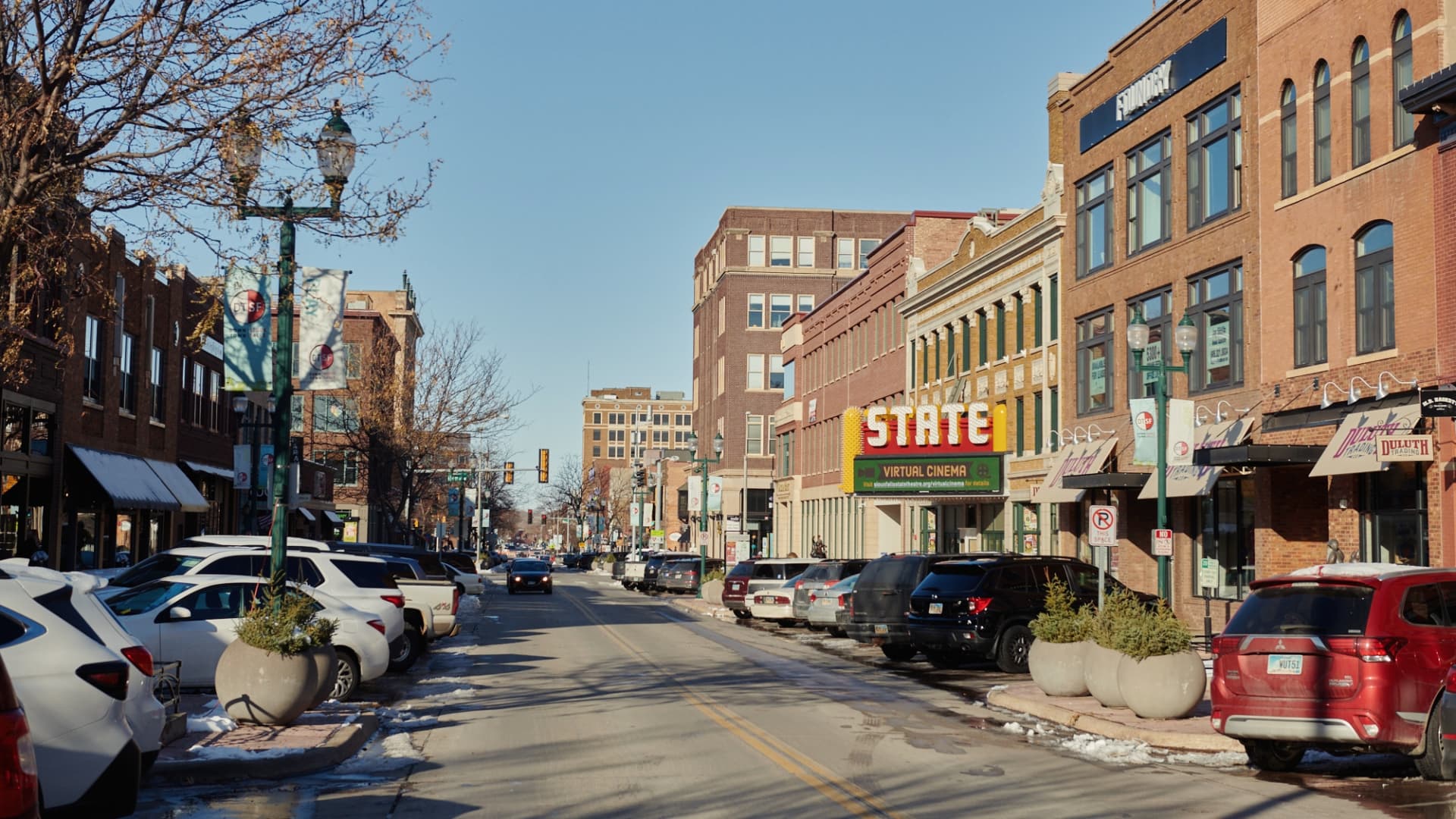
The evolving definition of infrastructure chips away at the Mount Rushmore State's performance. Roads are in good shape (though bridges need some work), and the drinking water and wastewater systems are in good shape. But South Dakota's average internet speeds are the lowest in the continental United States at a sluggish 75 Mbps, according to BroadbandNow Research. The power grid is on the low end of the reliability scale, and there are limited sites available for development.
2021 Infrastructure score: 141 out of 375 points (Top States Grade: D-)
U.S. population within 500 miles: 23,122,610
Bridges in poor condition: 18%
Roads in unacceptable condition: 9%
Broadband access: 78.2%
Power outages per year: 4.9 hours
2. Alaska

In a world where connectivity is increasingly crucial, Alaska truly is the Last Frontier. Only about 60% of Alaskans have broadband access. Service is slow, and like so much else in Alaska, it is expensive. Governor Mike Dunleavy has convened a task force to deal with the problem, and he ordered it to issue recommendations by October. It may be a start, but it is also the third such committee since 2014.
2021 Infrastructure score: 137 out of 375 points (Top States Grade: D-)
U.S. population within 500 miles: 632,228
Bridges in poor condition: 9%
Roads in unacceptable condition: 22%
Broadband access: 60.8%
Power outages per year: 4.7 hours
1. Maine
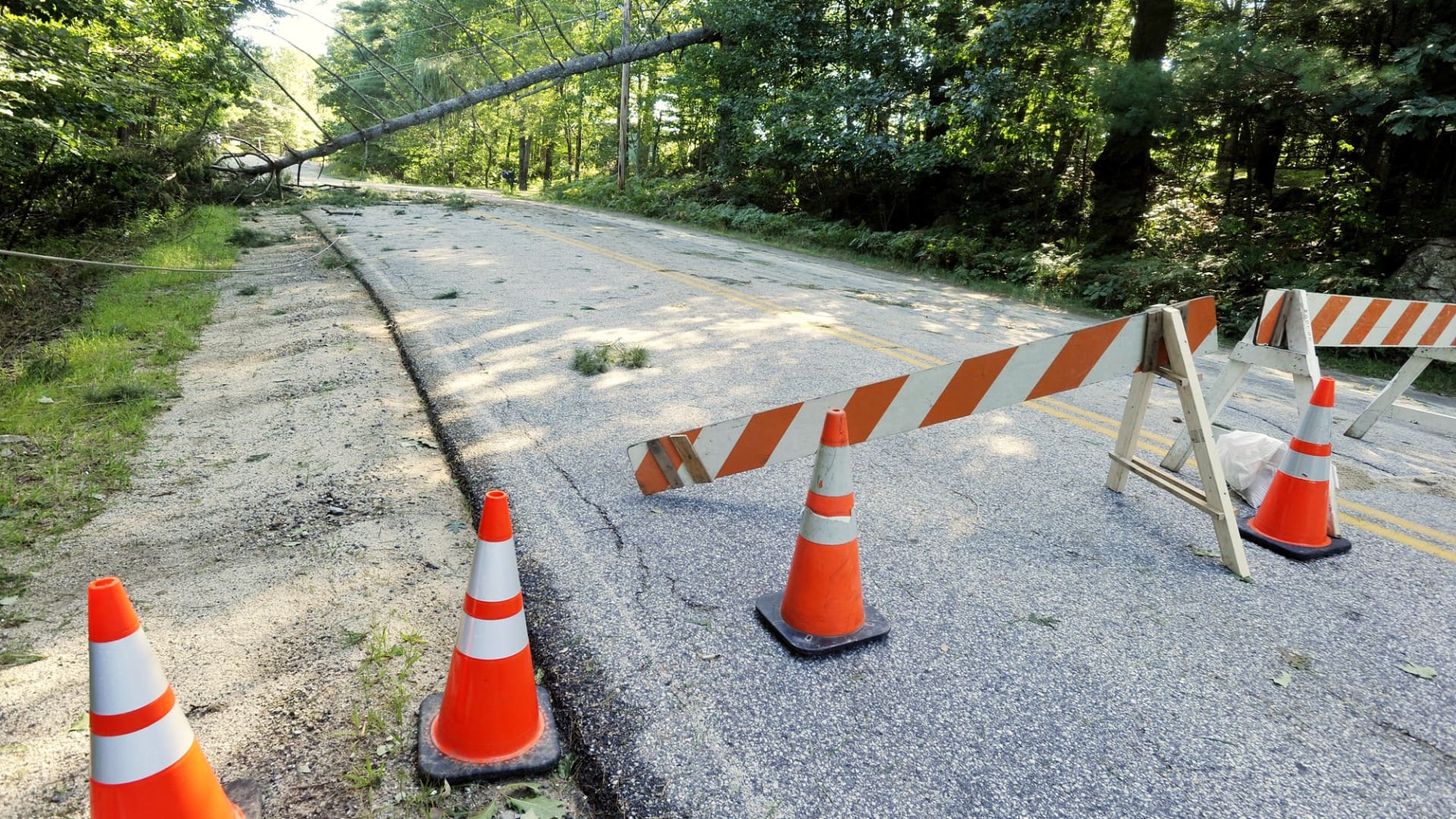
Mainers are so frustrated with their state's balky power grid that there is a move afoot to force the state's three major electric utilities to sell their assets to a new, consumer-owned entity to be called "Pine Tree Power." While it is unclear whether the move would solve the state's power problems, it is easy to see why some are demanding action. No state suffers more frequent power outages than Maine does. Broadband service is readily available but expensive. Air travel options are limited, and the quality of roads and bridges leaves much to be desired.
2021 Infrastructure score: 103 out of 375 points (Top States Grade: F)
U.S. population within 500 miles: 48,912,930
Bridges in poor condition: 13%
Roads in unacceptable condition: 15%
Broadband access: 86.6%
Power outages per year: 15.1 hours






